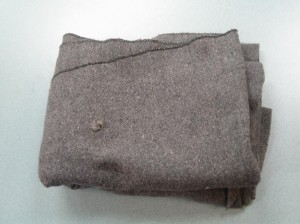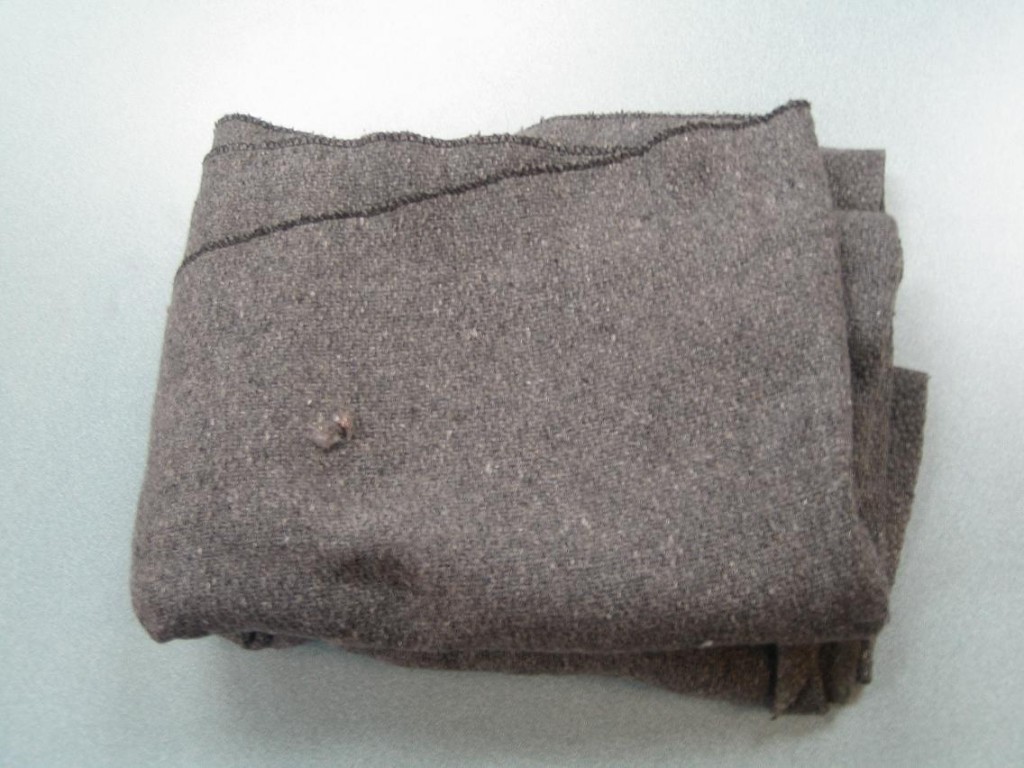Hypothermia develops once the body loses heat at a faster rate than it can generate that results to a drop in the body temperature. Normal body temperature is 98.6 degrees F or 37 degrees C.
Hypothermia happens when the temperature of the body is below 95 degrees F or 35 degrees C. When the temperature is low, the heart, nervous system and other organs of the body cannot function normally. Hypothermia is caused by exposure to cold weather or the body is immersed in cold water.
Symptoms of mild hypothermia
- Fast breathing
- Nausea
- Shivering and dizziness
- Hunger
- Difficulty speaking
- Lack of coordination
- Fatigue
- Slight confusion
- Increased heart rate
Causes
- Staying in the cold for long periods of time
- Wearing clothes that are not suited for cold weather conditions
- Accidentally falling in cold water such as during a boating accident.
- Inadequate heating in the house especially for infants and the elderly
- Extremely cold air conditioning
- Incapable of getting out of a wet clothes or moving to a warm and dry location.
Treatment

- Move the affected person out of the cold. If the person was in the water, remove all wet clothing immediately. Avoid unnecessary movements such as difficulty removing the clothes. You can utilize scissors to cut away clothing. Dry the affected person with a towel and then cover with a blanket, under the body and on the front.
- If there is difficulty moving the person inside a room quickly, provide insulation such as wrapping him/her with a dry blanket or clothing placed below the body for protection while sitting on a cold ground. Blankets can raise the temperature of the body and make the body retain its own heat.
- Give warm liquids to prevent dehydration. Give the person a warm, non-alcoholic drink and caffeine-free drinks. Simply provide him/her with warm milk, soup, broth and decaffeinated tea which are suitable options.
- Sharing body heat can raise the temperature by removing clothing of 2 persons and lay skin-to-skin with the affected person under a blanket. This process will raise the temperature of the body gradually.
Tips
- Wear a hat or other protective covering to prevent heat from escaping the head, neck and face. Cover the hands with mittens.
- Avoid performing activities that can result to excessive sweating. The combination of wet clothing and cold temperature can lose body heat.
- Wear layers of clothing that are loose-fitting and lightweight clothing. For outer clothing, wear water-repellant material such as wool, silk or polypropylene which holds heat of the body better.
- Keep the body dry as much as possible, remove wet clothing in the body, hands and feet should be kept dry to prevent snow from getting inside the mittens and boots.
- Old people and very young, alcohol and drug users and those suffering from underlying conditions such as underactive thyroid, damaged nerve and even arthritis are susceptible to hypothermia.

